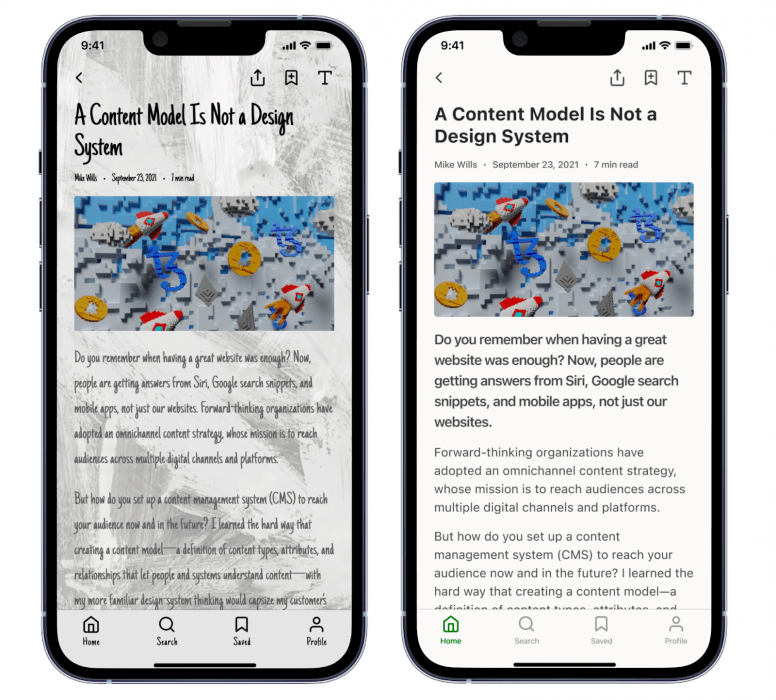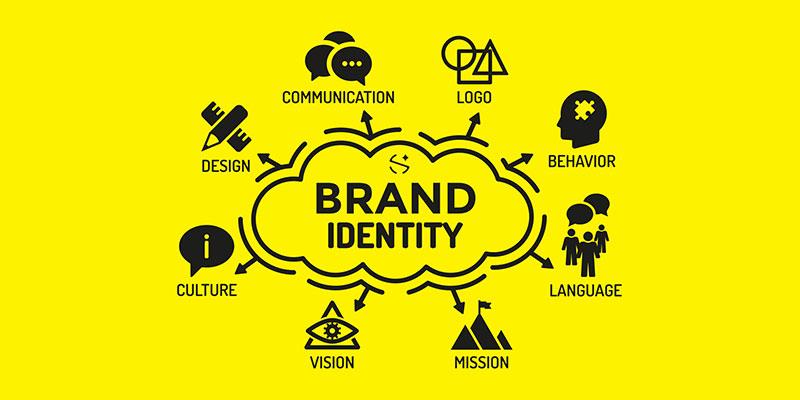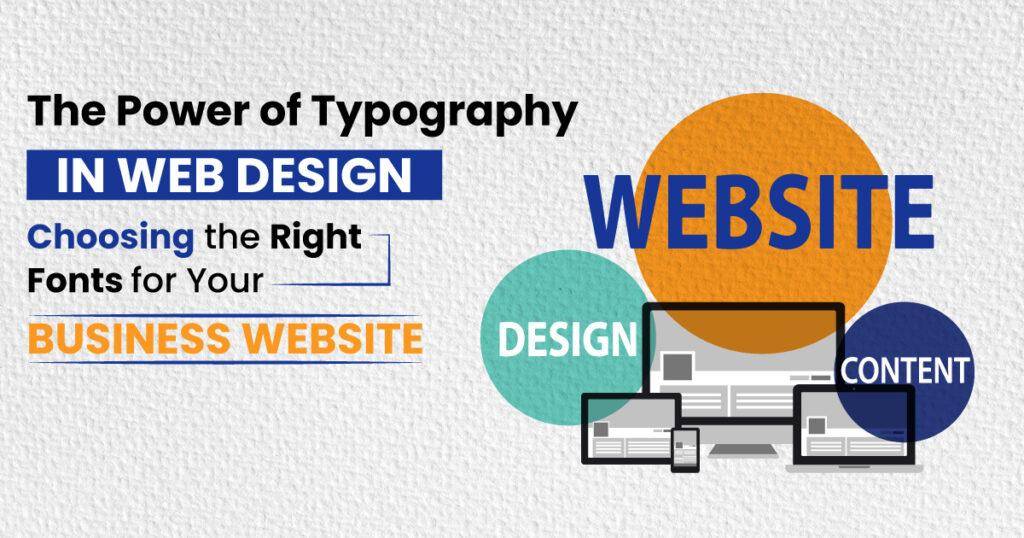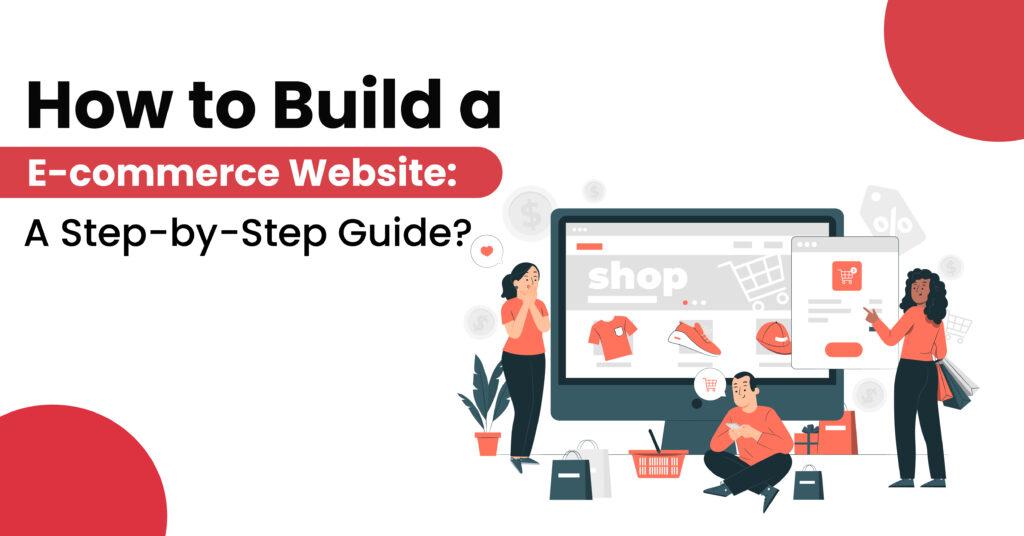In the dynamic world of web design, where visual aesthetics and user experience reign supreme, typography emerges as a subtle yet powerful tool that can significantly influence a website’s overall appeal and impact.
The fonts chosen for a business website are not merely letters on a screen; they are a form of visual communication that can evoke emotions, enhance readability, and reflect a brand’s personality.
In this article, we delve into the profound impact of typography in web design and explore the art of selecting the right fonts to create a memorable and effective online presence for your business.
Typography as a Visual Language
Typography is often referred to as the art of arranging type to make written language legible, readable, and visually appealing. In the context of web design, typography plays a critical role in delivering content in a way that resonates with users and reinforces the website’s message.
Beyond being a functional element, typography is a visual language that can evoke emotions, convey tone, and establish a brand identity. Fonts have personalities that can range from elegant and sophisticated to bold and playful. These personalities can influence how users perceive a website and the information it presents.
Consider a luxury brand; their choice of elegant, serif fonts might convey a sense of sophistication and exclusivity. On the other hand, a tech startup might opt for sleek, modern sans-serif fonts to communicate innovation and modernity.
Readability and User Experience

One of the primary objectives of web design is to deliver content seamlessly to users. Typography plays a pivotal role in achieving this goal by enhancing readability and user experience. Selecting the right font size, line spacing, and letter spacing can significantly impact how easy it is for users to absorb information.
Legibility is key. If the font is too intricate or the size is too small, users may struggle to read the content, leading to frustration and a high bounce rate. Conversely, fonts that are too large or spaced out might appear unprofessional. A balanced choice ensures content is easily digestible, keeping users engaged and encouraging them to explore further.
Branding and Identity

A business’s identity is encapsulated in its branding, and typography is an integral part of that identity. Consistency in font usage across various touchpoints, including the website, logo, marketing materials, and social media, creates a cohesive and memorable brand image.
Selecting fonts that align with the brand’s values, personality, and target audience is crucial. A finance company might choose formal and traditional fonts to convey reliability, while a creative agency might opt for more unconventional fonts to showcase innovation.
Combining Fonts for Harmony
Choosing the right fonts involves more than simply selecting a single typeface. Often, web designers combine fonts to create visual harmony and distinction. Two types of fonts are typically used: Serif and Sans-Serif.
Serif fonts have small lines, or “serifs,” attached to the end of their strokes. They are often associated with tradition, elegance, and formality. Examples include Times New Roman and Georgia.
Sans-serif fonts, as the name suggests, lack the serifs. They exude modernity, simplicity, and clarity. Helvetica and Arial are familiar examples.
Designers often pair a serif font with a sans-serif font to achieve a balanced and visually appealing contrast. The serif font can be used for headings, evoking a sense of elegance, while the sans-serif font is employed for body text, ensuring readability.
Combining Fonts for Harmony
Designers often pair a serif font with a sans-serif font to achieve a balanced and visually appealing contrast. The serif font can be used for headings, evoking a sense of elegance, while the sans-serif font is employed for body text, ensuring readability.
1. Brand Identity: Fonts should align with your brand’s personality, values, and industry. Choose fonts that resonate with your target audience’s expectations and perceptions.
2. Readability: Prioritize readability. Opt for fonts that are legible across various devices and screen sizes. Test the chosen fonts in different conditions to ensure they maintain their readability.
3. Hierarchy: Use typography to establish a visual hierarchy. Select distinct fonts for headings, subheadings, and body text to guide users through your content effortlessly.
4. Consistency: Maintain consistency in font usage across your website and other branding materials. A consistent font choice creates a sense of professionalism and coherence.
5. Pairing: If using multiple fonts, ensure they complement each other. Avoid fonts that clash or create visual discordance.
6. Accessibility: Consider accessibility for users with visual impairments. Choose fonts that are easy to read and accommodate different levels of visual acuity.
7. Loading Time: Some fonts require external resources, which can impact your website’s loading speed. Opt for web-safe fonts or consider font optimization techniques to balance aesthetics and performance.
Typography’s Influence on Emotional Connection
Typography holds the power to evoke emotions and establish an emotional connection with users. Different fonts can trigger various emotional responses, often on a subconscious level. For instance, a script font might evoke feelings of elegance and romance, while a bold and modern font can evoke a sense of energy and excitement. When choosing fonts, it’s important to consider the emotional tone you want to convey to your audience.
Imagine a website for a wellness retreat. The use of calming, soothing fonts can enhance the sense of tranquility and relaxation the retreat promises to deliver. On the other hand, a website for an adventure sports company might utilize dynamic fonts to evoke a sense of adrenaline and enthusiasm.
The Impact of Mobile Devices

In today’s digital landscape, websites are accessed not only on desktop computers but also on a wide range of mobile devices with varying screen sizes. This adds an extra layer of complexity to font selection. Fonts that work well on desktop screens might not translate seamlessly to mobile devices.
Responsive design, which ensures that a website adapts to different screen sizes, is essential for delivering a consistent user experience. The fonts you choose should remain legible and visually appealing on both large desktop screens and smaller mobile screens. Opting for fonts optimized for screens and considering variable font sizes can help maintain readability across devices.
Staying Current with Typography Trends
Typography trends evolve over time, influenced by design movements, technology advancements, and cultural shifts. Staying current with these trends can help your business website appear modern and relevant. While it’s essential to maintain a timeless and consistent brand identity, incorporating subtle typography trends can refresh your website’s look without compromising its authenticity.
Keep an eye on trends like bold and playful fonts, experimental typography, and unique font pairings. However, exercise caution and ensure that these trends align with your brand’s image and the message you want to convey.
Typography Tools and Resources
Selecting the right fonts for your business website doesn’t have to be a daunting task. Numerous typography tools and resources are available to assist you in making informed decisions. Online font libraries provide access to a vast range of fonts, allowing you to preview how they’ll appear on your website. Typography pairing tools can help you find complementary fonts that work well together.
Additionally, consider exploring web design platforms and content management systems that offer built-in font customization options. These tools simplify the process of integrating typography into your website design seamlessly.
Incorporating Typography into User-Centric Design
Typography is an integral part of user-centric design, where the focus is on creating websites that prioritize user needs and experiences. By selecting fonts that enhance readability, establish hierarchy, and reflect your brand’s identity, you contribute to a positive user experience.
Remember that typography is not a one-size-fits-all approach. It requires thoughtful consideration and experimentation to find the fonts that best resonate with your target audience. As you embark on your journey to choose the right fonts for your business website, embrace the artistic and communicative potential of typography, knowing that each letter contributes to the narrative you’re weaving for your brand.
Incorporating Typography into User-Centric Design
Typography is a subtle yet powerful element in web design that significantly influences how users perceive and interact with a business website. The fonts chosen contribute to readability, user experience, and brand identity.
By selecting fonts that align with your brand’s personality and values, as well as following guidelines for readability and hierarchy, you can create a visually appealing and effective online presence for your business.
Remember, typography is not just about letters; it’s about crafting an immersive visual language that resonates with your audience and leaves a lasting impression.









